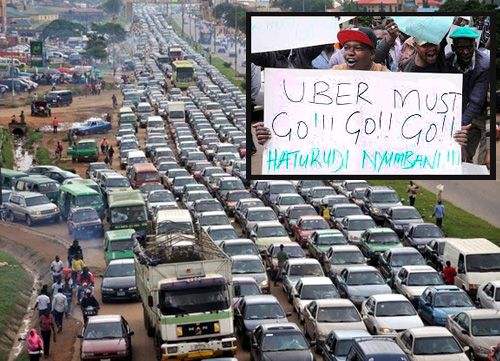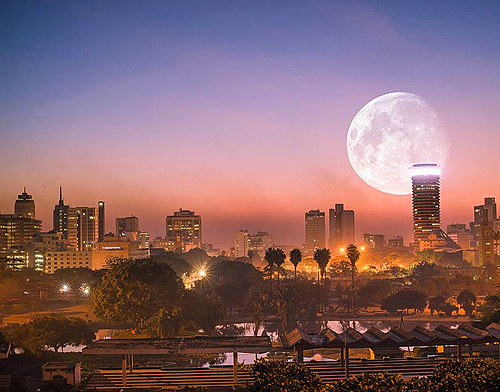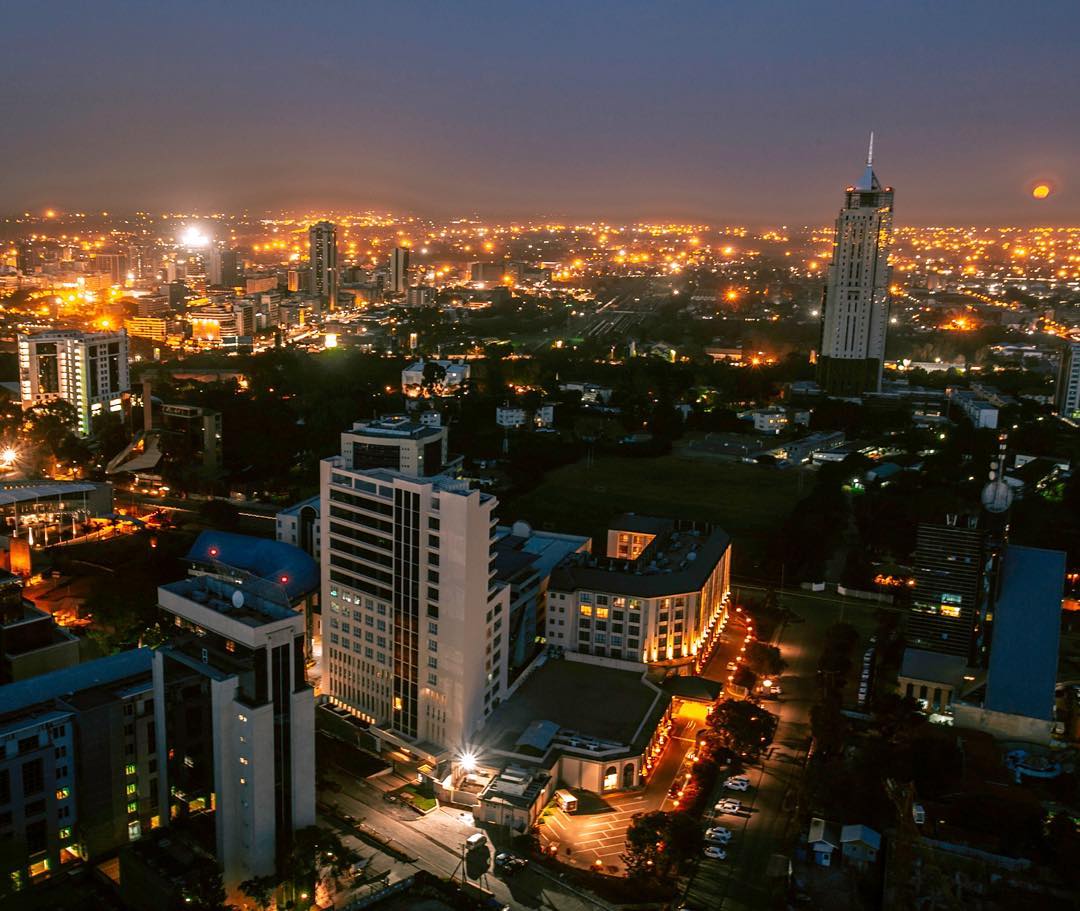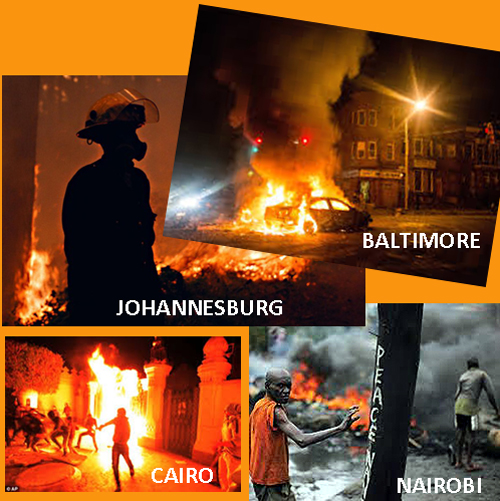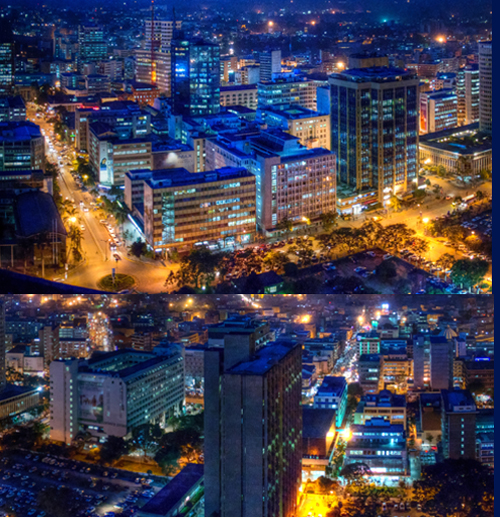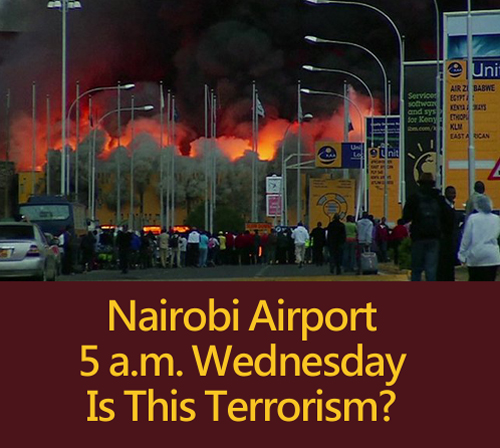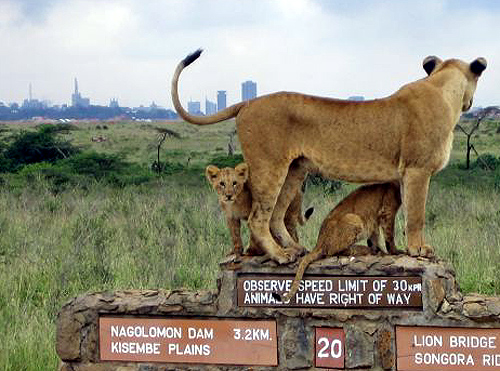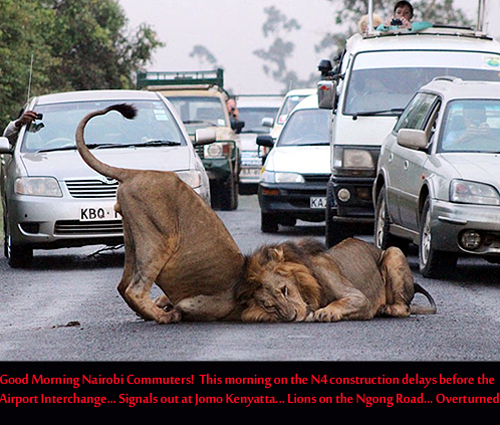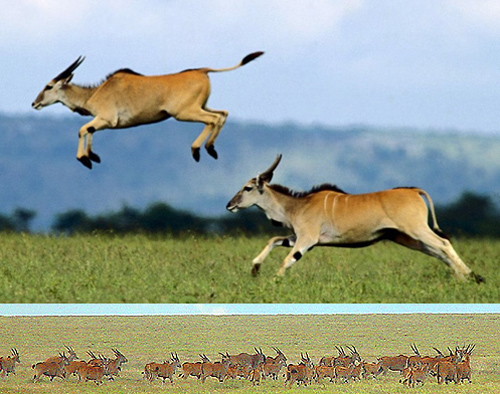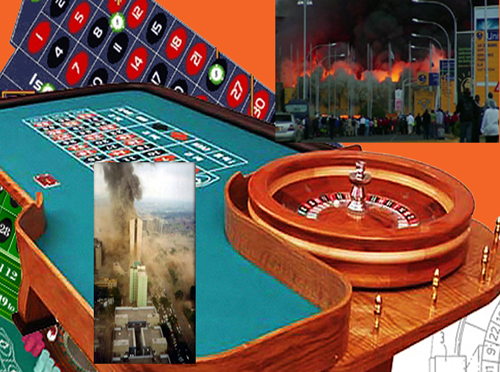 Fifteen years to the day is a coincidence hard to accept. If yesterday’s massive fire in the Nairobi airport was not botched terrorism, it’s time to hit the roulette tables.
Fifteen years to the day is a coincidence hard to accept. If yesterday’s massive fire in the Nairobi airport was not botched terrorism, it’s time to hit the roulette tables.
Fifteen years ago the nascent global al-Qaeda bombed the American embassy in Nairobi because it was an easy target. Kenya was one of the most open African countries at the time, moving towards an opportunity for real democracy.
“Unlike today, by the end of the 1990s human rights activism was the biggest thing and many African governments with dodgy records were finding themselves diplomatically isolated,” writes Kenyan analyst Charles Onyango-Obobo in today’s Daily Nation.
Obo – like many Africans – believes that changed abruptly and the War on Terror began not with 9/11 but with the American embassy bombings in Nairobi and Dar-es-Salaam on August 7, 1998.
In Nairobi 212 people killed and an estimated 4,000 wounded. In Dar es Salaam 11 people were killed and about 85 wounded.
I was leaving a late breakfast at the Norfolk Hotel. I had only a few chores left to prepare for a family safari I was guiding that was arriving the next evening from Europe.
Normally back then I was up before dawn swimming in the Norfolk’s pool, then hitting the buffet table as it opened at 630a. But preparations for the safari had gone unexpectedly well. There wasn’t a lot left to do but enjoy the lovely August day in Nairobi.
I had just gotten back into my room, one of the old (since removed) cottages at the edge of the Norfolk gardens when I heard a loud blast. It was 1030a. The sky had been completely clear as is the custom in August; the day fresh and breezes light.
Soon I found myself with many others who had also left their rooms as we gathered in the central garden of the hotel. There wasn’t any serious fear at that time. Likely a gas main exploded or something like that.
The Norfolk is about 2 miles from where the blast took down the American embassy. It was about ten minutes after the single blast, as we were all milling about in the garden speculating on some typical African lack of infrastructure, when the sky seemed to grow pregnant with debris.
A small, child’s size pair of broken glasses fell on my right shoe, then came the bits of torn clothing, and lastly, paper and other lightweight things like flowers or grass. Everyone stood motionless. It was hard immediately to put it all together. The falling debris ended almost as soon as it began.
A few minutes later my trusted Nairobi manager walked unusually fast up to me in the garden. Without any of the normal and very polite morning introductions about how you slept and did you enjoy your breakfast, etc., etc., Peter immediately insisted that a bank building had been blown up by the government that was trying to divert attention from a strike by bankers and teachers that was quickly going national.
It seemed plausible but everyone including us returned to our rooms to turn on CNN. It was hardly 11 a.m. CNN had live pictures from Nairobi, and was reporting that the Dar-es-Salaam embassy had just been blown up as well.
Peter left immediately without saying a word. We had another safari out in the bush. He didn’t need to explain what he had to do. I went to the phone and tried calling home, but the lines were jammed.
My personal driver showed up shortly thereafter. Our lives were now defined by sitting around the TV watching CNN. In those days I had a Grundig short wave, and not even the BBC was reporting as quickly and completely as television’s CNN. Local Nairobi radio stations were doing little more than reporting CNN.
As the extent of the blast was becoming understood, a palpable fear developed among foreigners. It struck me then as now how irrational that is. The event was over, and yet the effective terrorism is so surprising that what people are really reacting to is the immediacy of surprise, and the sense of having to flee to avoid another surprise is overwhelming.
In the lobby my driver, James, and I literally pushed ourselves through guests that were simultaneously trying to checkout, get cabs, contact home and airlines, and get the hell out of dodge.
I thought we were going to James’ rover, but he explained that was pointless since the city was being shut down, so we switched direction and headed down University Avenue directly towards the center city.
Remember that it was still a brilliant, crisp and cool August morning. This is the middle of the long dry season and everything sort of cracks under your feet. Suddenly, I realized that the normal buzz of Nairobi traffic was missing. There were sirens, not many, but the loud chocking diesel trucks and horns of the impatient were dead silent.
University Avenue goes right down the middle of Nairobi University, but most of the students were gone on holiday. Those who remained and many staff were outside milling about aimlessly, looking at James and me I thought suspiciously as we walked faster and faster towards the center city.
And that’s when I finally started to get control of my thoughts, again. What was I doing? Was this just ambulance chasing? Then, of course, I realized James wasn’t at all like that. Older, much wiser than me, he knew we had a responsibility to figure out for ourselves what was happening. We had two families with children scheduled to arrive tomorrow and another 12 people somewhere in Samburu.
But the university students eyed us as weirdos, though I noticed more fear than sarcasm in their staring at us. And then as we reached the end of University Avenue, the smells that had replaced the typical morning noise confirmed that something horrible had happened.
We crossed the normally very busy University Way Avenue as if it were a Sunday morning and continued right onto Muindi-Mbingu street. Normally I would do a little fearful dance from pothole to pothole to skip across this very busy street. Now, only a single tiny car sped just in front of us, then the street was empty.
I looked up and saw the black mushroom cloud. I looked down Muindi-Mbingu street where we were headed and it was empty. How did so many people and cars leave so quickly? We walked right past our office at the corner of University Way and Muindi-Mbingu then down towards the market. There were some people, like the students, lining the street as we passed, standing sort of aimlessly not even looking at the black mushroom cloud.
Outside the normally congested market there was much more activity, but it was also remarkably calm. I realized the people who hadn’t fled the city were now simply waiting for news.
We got as far as Kenyatta Avenue before we were stopped. Here along Nairobi’s main street and promenade were lots of people, certainly not the tens of thousands that would normally be in Nairobi working on a Friday morning, but enough to create several lines of spectators obediently standing quietly behind police lines.
I remember one big policeman facing us, looking incredibly dire but forceful, his eyes locking with mine long enough to make some judgment then moving on to the next person who interested him, his expression never changing.
Unable to move across Kenyatta Avenue, we started to walk down the police lines towards Kimathi Street. Kenyatta had been cleared for emergency vehicles, but of course there weren’t many, so the street was basically empty. It was as if people were waiting for a parade.
At Kimathi the entire street was blocked by official vehicles. We started to cross but a policeman stopped us, and grabbing James’ arm and pulling him out of the crowds around us towards me, I shouted to the policeman, “I’m staying at the Hilton! I need to get to my room!”
The Hilton was hardly five blocks from the embassy and in the dead center of the city. The poor policeman looked worried then let us go. In fact, many people at this juncture were managing “to go.” Non official people seemed to be moving in every which direction. We were inside the police lines and headed to the Hilton and suddenly the streets were crowded.
Hundreds of people flooded into the streets that would normally be congested with cars. As we wove among groups of people standing calmly and silently on the street towards the Hilton I saw how big the black fire cloud was. It looked like something out of a movie. It didn’t seem to move, to blow away or reconfigure. It just hung there.
And the smells were changing. It wasn’t diesel becoming charcoal becoming burnt wood. It was worse. It was petrochemicals like acrid plastic burning, and even worse than that, and I wiped my eyes.
We pushed our way down Kimathi Street, past the New Stanley and across Mama Ngina street purposefully towards the Hilton. We couldn’t get further. The streets were jammed with people, with officials trying to open corridors for emergency vehicles. Outside the front of the Hilton, where many of its own residents had emptied into the street, I heard my first real wailing.
I saw a woman weaving back and forth holding her profusely bleeding head. A bystander perhaps was trying to navigate her out of the crowds, and the crowd opened wide as she and her tender walked towards the hotel. I remember she was wearing a long red dress and had coiffed black hair and I remember particularly that nothing seemed burned or ripped on her.
James had stopped walking and was staring hopelessly at the ground at his feet. People were bumping us helter-skelter. I realized we couldn’t go on. We turned around and tried pushing our way through the hordes towards the Hilton’s front entrance.
With each second the smells got worse. It seemed that something sudden, like a new siren or a child’s scream or someone shouting would always be followed by an interval of silence filled by some awful smell. It was probably mostly rubber and plastic, but it was terrifying to realize it was something much worse, too.
“It is therefore … time to examine how the fight against ‘international terrorism’, which broke out in earnest after those August 7, 1998 bombings, has impacted our societies and politics,” Obo writes 15 years later to the day.
We couldn’t get into the Hilton. There were too many people, and the Headman was Crixus incarnate keeping anyone without a hotel key from getting past him. We slowly maneuvered back Kimathi Street, back up Kenyatta Avenue, back finally to our office where we pow-wowed with Peter.
There were four of us, and we were each entrusted with a certain important message … to the folks on safari, to the folks coming, to my home office in Chicago, and charged with finding some phone somewhere that would work. We all left hurriedly.
Two hours later having each completed our task, we were to meet back at the office, but we couldn’t. We were blocked by Israelis with dogs as they extended the perimeter around the now locked-down city.
But wise James knew an alley the Israelis didn’t, and he motioned me to quickly follow him. We had a brief few minutes inside the perimeter just as night was falling.
I had become more and more worried that the Kenyans would start to blame Americans; that Islamic terrorists, now claiming responsibility for the bombing, would have the support of the local population. I’d said as much to my staff.
But James took me only a few blocks and we peaked out of the alley onto Kigali Road. I stood, speechless, watching the city’s main mosque burn to the ground.
The response from the local population was just the opposite that I had feared: At least for those few hours of August 7, 1998, the prosecution and jury weren’t needed. Kenyans were burning the temple of the Islamists.
As night fell and I was now sequestered inside the Norfolk, which was just outside the perimeter of the city, a bunch of British soldiers marched down University Avenue in front of the hotel. Everyone raced to the bar to watch them in silence.
The sirens ebbed. Night covered the black cloud. The FBI arrived the next morning in stereotypical black suits and narrow black ties and for the life of me I was not going to give up my cottage to one of them: they were late. The Israelis, their dogs and British had it all under control. The men in black suits were tardy, again.
And that night of the day after the bombing I greeted my family safari arriving at the airport. We had of course contacted them in Europe and given them the option of not coming. But they were rational about the whole thing. Lightning rarely strikes in the same place twice.
Or something like that. That was when our phrases about terrorism began. When our tolerance of such massive evil was forced on us. And when we would begin to make many mistakes trying to figure out how to respond.
Obo is right. It wasn’t 9/11 in New York where the War on Terror began. It was August 7, 1998, in Nairobi.
Yesterday was no coincidence.
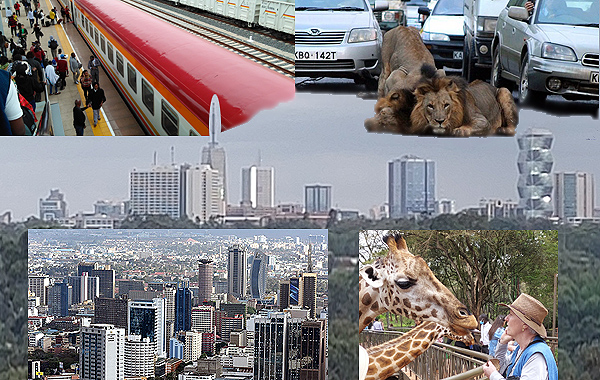 Once I really liked Nairobi. But our two-day visit here was like walking back and through a time warp in an nondirectional universe. The pandemic did a number on a lot of things. I was here just before the pandemic and I swear some crazy aliens confiscated the city, goofed around with it and just now dropped it back down to earth!
Once I really liked Nairobi. But our two-day visit here was like walking back and through a time warp in an nondirectional universe. The pandemic did a number on a lot of things. I was here just before the pandemic and I swear some crazy aliens confiscated the city, goofed around with it and just now dropped it back down to earth! We started out with a day of touring near where we’re staying, at the gorgeous
We started out with a day of touring near where we’re staying, at the gorgeous  My little group of two couples, close friends, arrived Nairobi at night from London and by 9 a.m. the next morning they were braving the city’s challenging traffic for a very special visit.
My little group of two couples, close friends, arrived Nairobi at night from London and by 9 a.m. the next morning they were braving the city’s challenging traffic for a very special visit.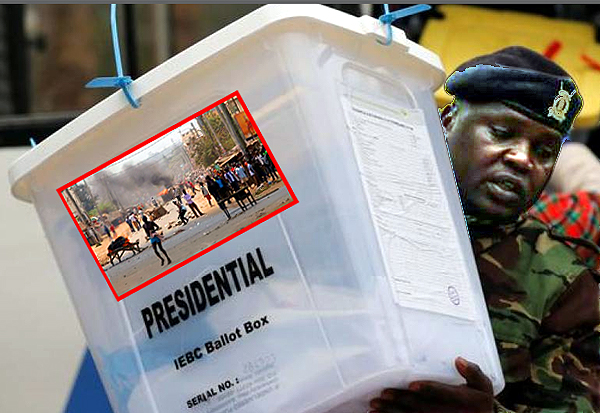 Unusually, we chartered from Kenya’s best game park directly into the international airport rather than normally into a smaller airport across town to avoid having to make that transfer.
Unusually, we chartered from Kenya’s best game park directly into the international airport rather than normally into a smaller airport across town to avoid having to make that transfer. When Kathleen and I first went to Africa in the early 1970s we were warned about mosquito-born diseases like malaria, but there were few other dreaded diseases. AIDS wasn’t yet known. Cholera seemed to be confined to the slums of Asia and South America.
When Kathleen and I first went to Africa in the early 1970s we were warned about mosquito-born diseases like malaria, but there were few other dreaded diseases. AIDS wasn’t yet known. Cholera seemed to be confined to the slums of Asia and South America.